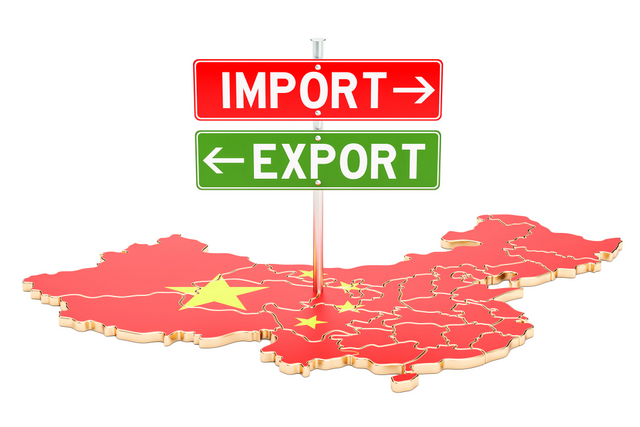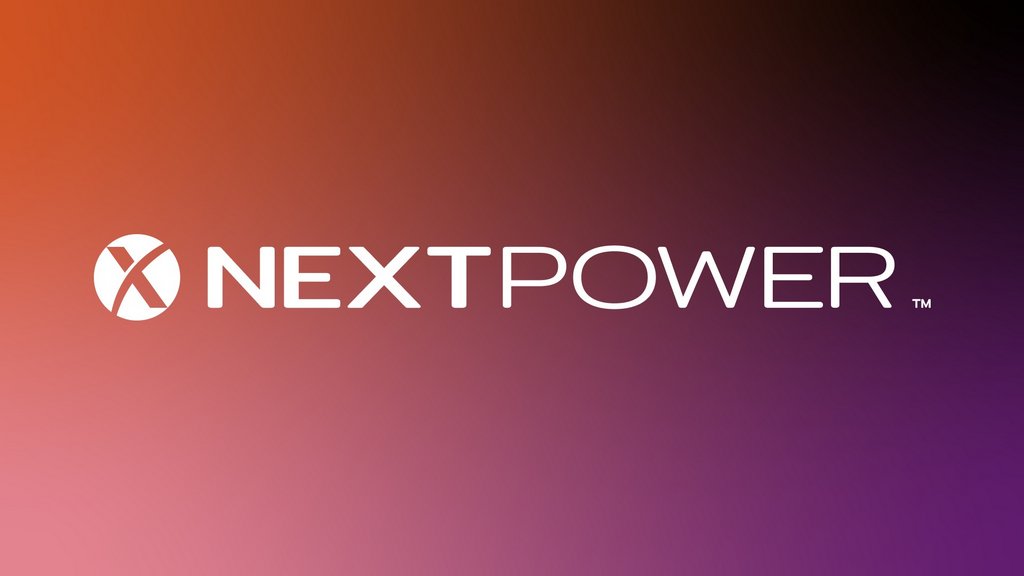Bidding Wars: To win on the grid, GridBeyond points to ‘alpha-generating’ strategies
In our Bidding Wars series, we will look at the BESS operators and optimizers that are playing (and winning) in the evolving energy market and grid services game.

A new white paper from GridBeyond is sounding the alarm for battery storage operators: The era of simple charge-low/discharge-high strategies is over—especially in competitive power markets like ERCOT and CAISO. As more standalone battery energy storage systems (BESS) come online, GridBeyond says only “alpha-generating” strategies—those that outperform the market benchmark adjusted for risk—will deliver above-average returns.
In its latest analysis, Where is α?, the Ireland-based energy optimization platform breaks down how BESS revenue generation has changed across Texas and California. While 2023 saw solid gains from ancillary services in ERCOT and basic arbitrage in CAISO, the report suggests that those advantages are now fading as the storage fleet grows and price dynamics become more complex.
“To remain competitive, storage operators must move beyond basic trading and toward highly optimized, integrated solutions,” the report states.
ERCOT: Real-time price spikes demand split-second coordination
In the Texas ERCOT market, after-sunset price surges—often driven by thermal plant outages or lulls in renewables—have become both more frequent and harder to predict. According to GridBeyond, the operators who win in this environment are those using real-time optimization platforms that can rapidly shift strategies and dispatch.
What’s changed, the report says, is the need for operational alignment. Algorithms alone aren’t enough. To capture alpha, trading decisions must be tightly integrated with physical dispatch capabilities. Delays of even seconds can be the difference between profit and missed opportunity.
CAISO: Beyond the duck curve
In California, the story is different—but just as complex. The state’s deep solar penetration has created predictable energy pricing curves, but relying on them too heavily may lead to diminishing returns.
GridBeyond says true alpha in CAISO lies in the nuances of resource adequacy, must-offer obligations, and balancing between energy and ancillary services. Operators must treat each revenue stream—capacity, energy, and services—as interconnected, not independent.
The report argues that as volatility rises, so too does opportunity—if the operator is equipped with an integrated platform that combines forecasting, bidding, dispatch, and analytics into a single system.
Volatility is now a feature, not a bug
Across both markets, volatility is no longer something to fear—it’s the main lever for profitability. The challenge is that traditional arbitrage models are ill-suited for the speed and complexity of today’s market signals.
GridBeyond frames integration as the next big differentiator in battery storage: a seamless bridge between trading desks and physical assets that allows for precise, sub-minute execution.
“Success is no longer determined solely by advanced trading algorithms,” the paper concludes. “Those algorithms must be tightly woven into the operational fabric of battery systems.”
Takeaway for developers and asset owners
For BESS developers in Texas and California—or those eyeing new projects—the GridBeyond report offers a timely reminder: advanced software only creates value when paired with responsive hardware and integrated operations. And as these two front-line markets evolve, the playbook for battery storage is being rewritten in real time.





Comments are closed here.